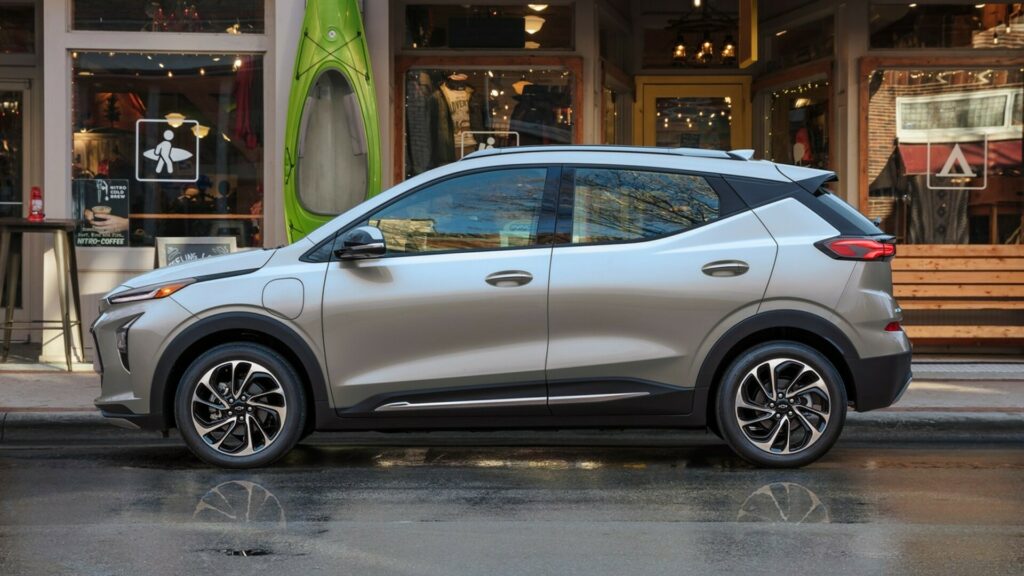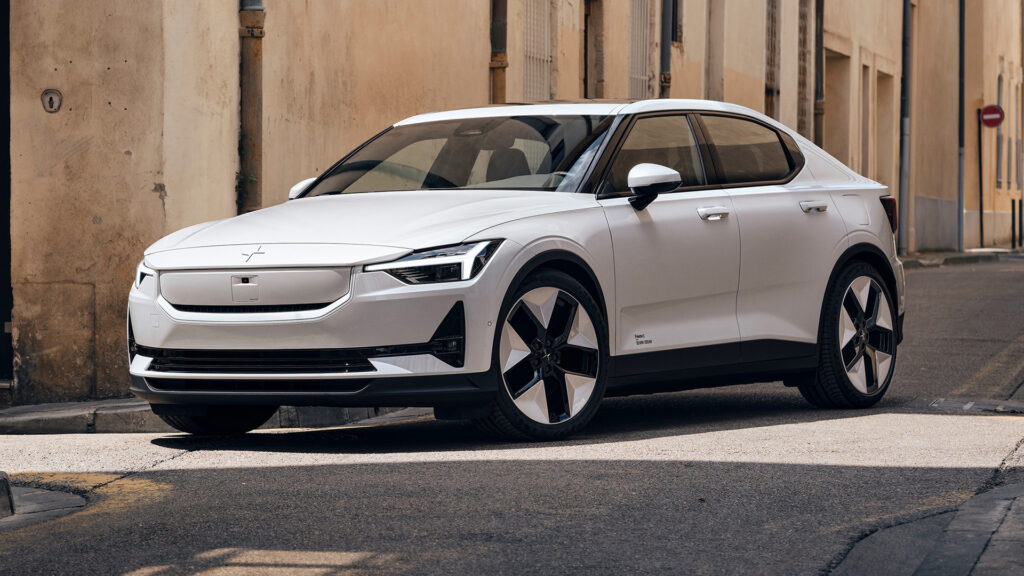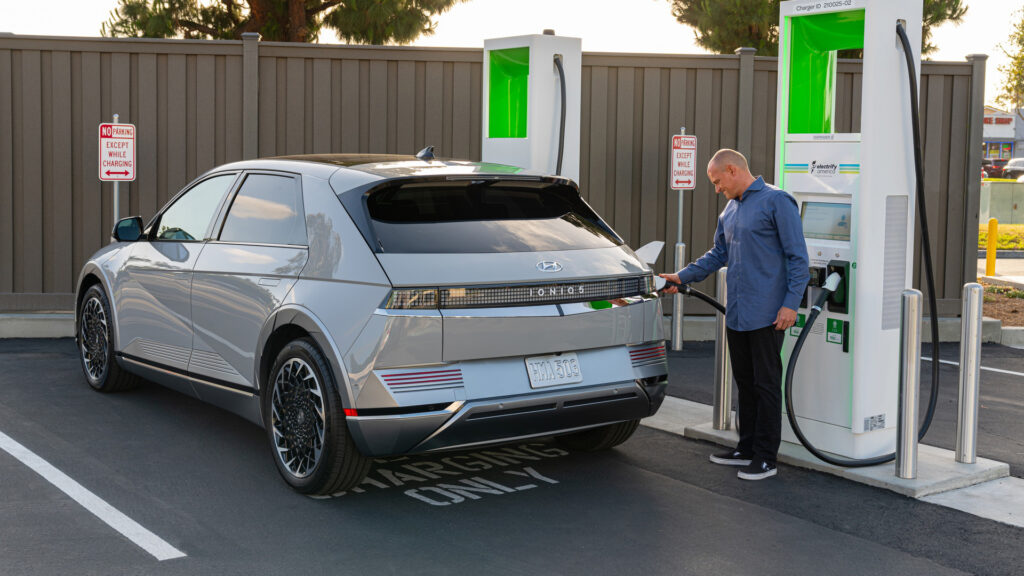All modern combustion-powered vehicles are equipped with an OBD II port that allows for quick and easy diagnostics but in the world of electric vehicles, things are not so simple. In fact, there is no standardized onboard diagnostic system across the industry, meaning it can be difficult to accurately determine what’s wrong with an EV. This will change in the 2026 model year.
Californian regulations will require car manufacturers to phase in a standard EV diagnostic system as part of the state’s Advanced Clean Cars II program. While this will initially only apply to California, there’s a good chance the state will become the industry standard as seven U.S. states have already adopted Advanced Clean Cars II regulations and will also require EVs to have the system diagnostic system. These systems will also work for plug-in hybrid and hydrogen fuel-cell vehicles.
Creating a system that works will not be easy. Californian legislation stipulates that the onboard diagnostics must include every part of an EV’s powertrain, its battery pack, power electronics, charging system, and thermal systems. The rules will also require EVs, PHEVs, and fuel cell vehicles to display some battery data on a menu in the vehicle. While the development and implementation of a diagnostic system will be difficult, it should be achievable, says Stellantis’ head of global powertrain Micky Bly.
Read: Tesla Owners Might Find Servicing Easier Thanks To New Self-Diagnostic Feature

“We’ve just started to digest all the specifications,” he told Auto News. “It’s too early to determine how difficult a task it will be to incorporate OBD into EVs. I have not heard of anything yet that is like ‘unobtainium’ creation — to Mars and back type stuff. We’ll negotiate with some of those final standards.”
In the case of OBD II systems which have been the standard for ICE vehicles in most countries for more than two decades, they use parameter IDs that monitor each component and are crucially important in quickly and accurately determining electrical and mechanical problems. There are some EVs that use OBD II systems, mostly those based around pre-existing ICE architectures.
While speaking with Auto News about the impending regulations, a Rivian spokesperson said the car manufacturer fully supports the introduction of a standardized OBD system for EVs.
“Rivian strongly supports CARB, ACC II and the ongoing efforts to expand OBD standardization to EVs — and we’re working to ensure we meet these standards as part of our vision to facilitate right-to-repair,” it said. “Ultimately, our goal is to leverage our connected car technology, to provide advanced, secure diagnostics to third-party technicians to efficiently identify and address malfunctions.”








